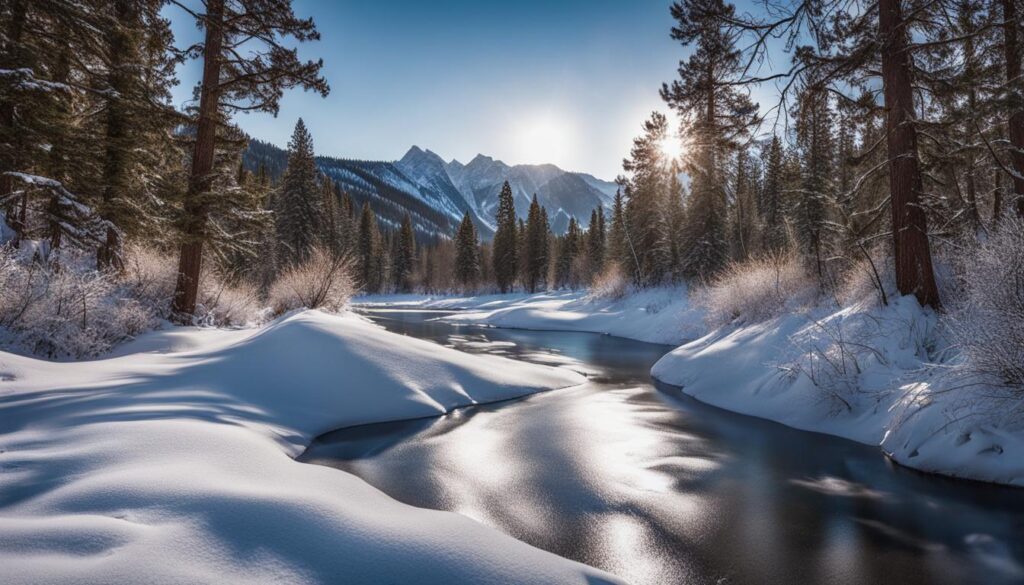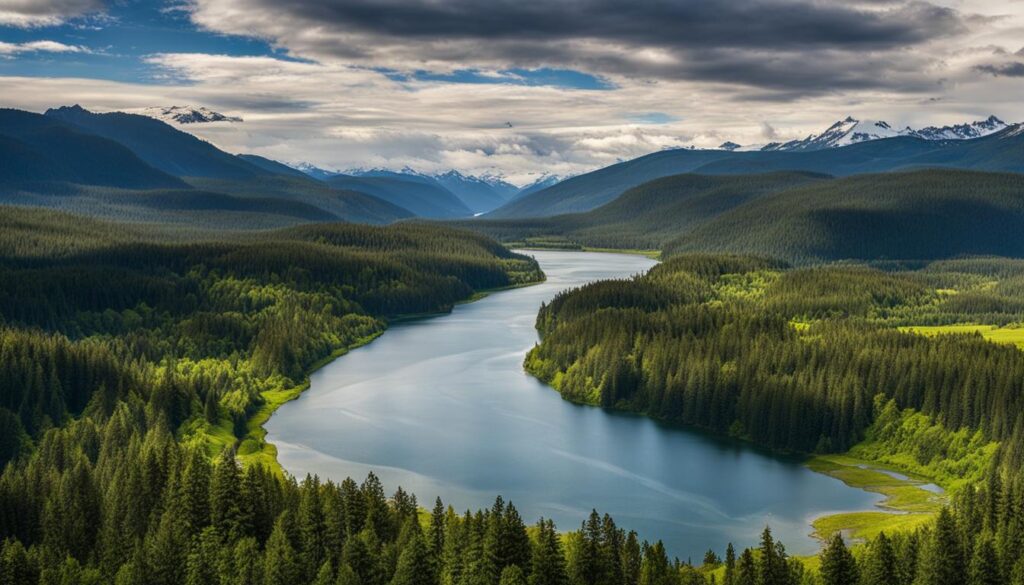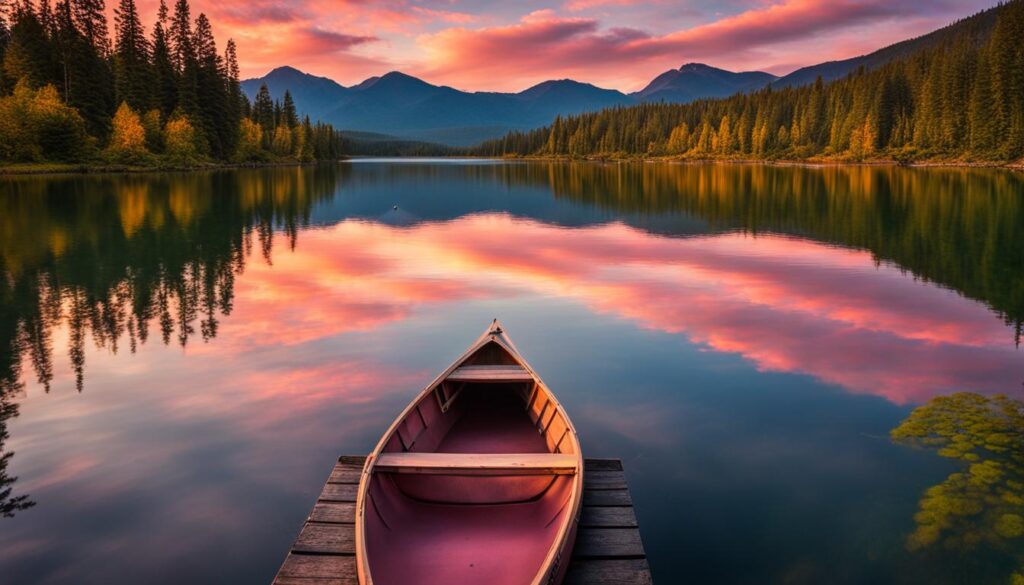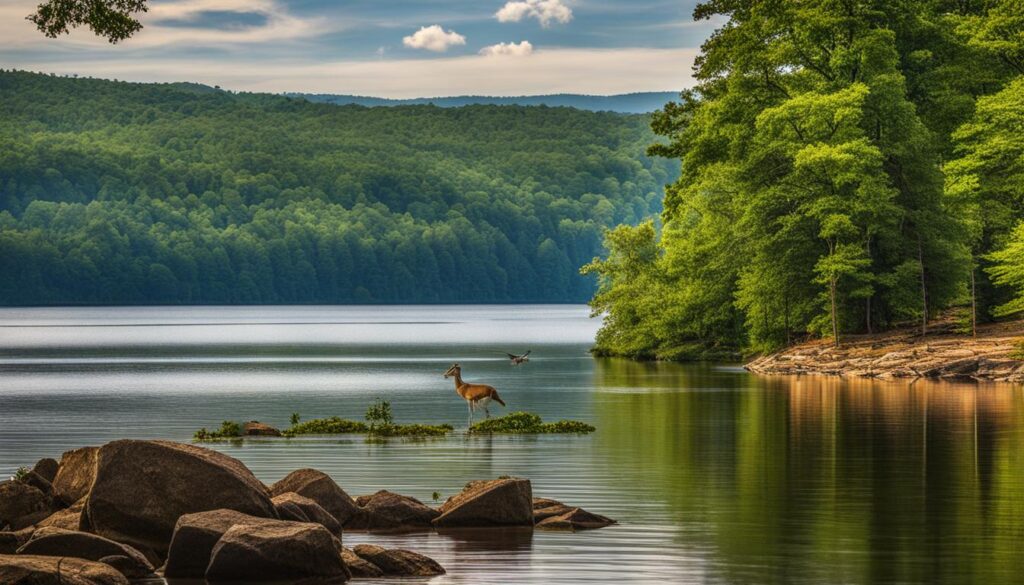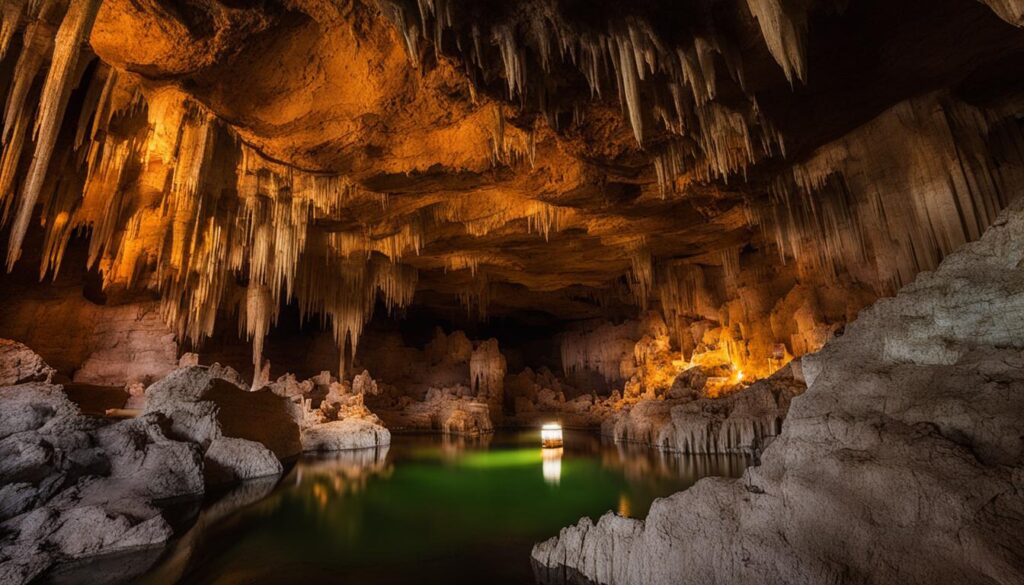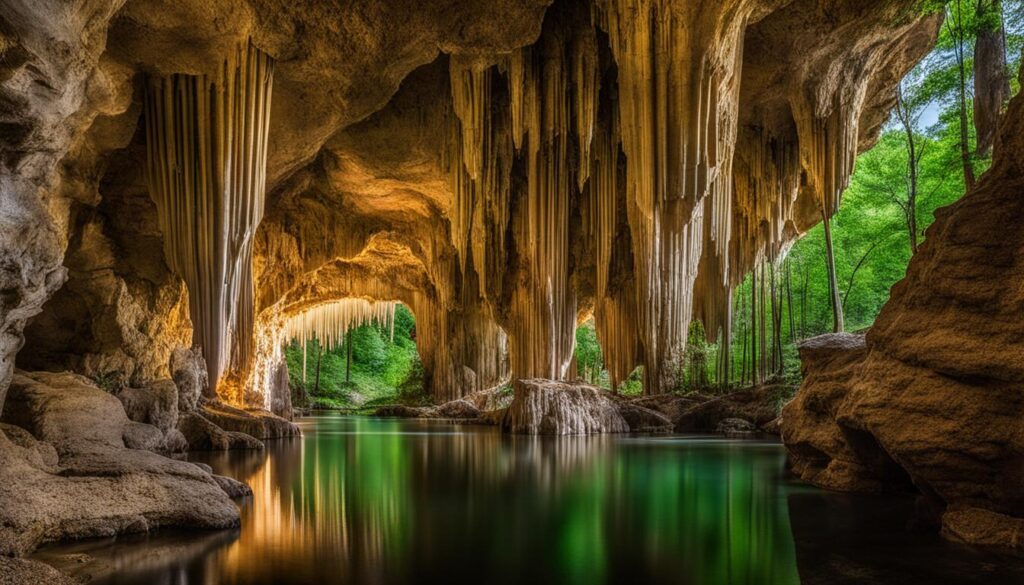Contents
Introduction to Overlanding Off-Road Trails
Embarking on an overlanding journey is not just a travel experience; it’s a lifestyle that brings together exploration, adventure, and a deep connection with the great outdoors. To truly understand the essence of overlanding, it’s essential to delve into what this unique form of travel entails and the exhilaration that off-road trails offer.
What is Overlanding?
Overlanding is more than just a mode of travel; it’s a philosophy that emphasizes self-reliance, exploration, and experiencing nature in its most raw and unfiltered form. At its core, overlanding involves using a capable vehicle to traverse remote and rugged terrain, allowing travelers to access pristine locations that are off the beaten path.
Overlanders often prioritize the journey over the destination, relishing the challenges and rewards that come with venturing into the unknown. Whether tackling sandy deserts, dense forests, or rocky mountain passes, overlanding is about pushing boundaries, testing limits, and immersing oneself in the wonders of the natural world.
The Thrill of Off-Road Trails
One of the defining aspects of overlanding is the thrill of tackling off-road trails that lead to stunning and secluded destinations. Unlike conventional road trips, overlanding routes often require traversing rough terrain, crossing rivers, and navigating challenging obstacles that demand a blend of skill, preparedness, and a spirit of adventure.
Off-road trails offer overlanders the opportunity to escape the ordinary and embrace the unpredictable nature of the wilderness. Each trail presents a unique set of challenges and rewards, from stunning vistas and hidden gems to unexpected encounters with wildlife and cultural treasures.
To fully appreciate the allure of overlanding off-road trails, it’s important to immerse oneself in the journey, savoring every bump, twist, and turn along the way. Whether embarking on a day trip or a multi-day expedition, the thrill of off-road trails is sure to captivate the hearts of adventurers and nature enthusiasts alike.
As overlanders gear up to explore the vast expanse of off-road trails, it is essential to consider factors such as vehicle preparation, essential equipment and supplies, and safety precautions to ensure a smooth and enjoyable adventure. By embracing the spirit of overlanding and embracing the challenges of off-road exploration, travelers can unlock a world of possibilities and experiences that await on the untamed paths of the wilderness.
Exploring Overlanding Routes
For avid overlanders and adventurers, exploring diverse overlanding routes is key to experiencing the thrill of off-road travel. Each region offers its own unique landscapes and challenges, making it essential to choose routes that align with your skill level and preferences. Here are some top overlanding routes to consider:
Pacific Northwest Trails
The Pacific Northwest region, encompassing states like Washington and Oregon, is a haven for overlanders seeking lush forests, breathtaking coastlines, and rugged terrain. Trails in this area offer a mix of challenging off-road tracks and scenic camping spots, ideal for those looking to immerse themselves in nature.
Southwest Desert Trails
Venturing into the Southwest desert trails, including areas in Arizona, Utah, and Nevada, promises a mesmerizing journey through vast deserts, red rock formations, and iconic national parks. Overlanders can test their skills on sandy washes and rocky ascents while marveling at the region’s unique geological wonders.
Rocky Mountain Routes
Exploring the Rocky Mountain routes presents overlanders with the opportunity to conquer high mountain passes, alpine meadows, and pristine lakes. States like Colorado and Wyoming boast a network of off-road trails that cater to all levels of experience, offering a blend of challenging obstacles and panoramic vistas.
Southeastern Adventures
The Southeastern region, covering states such as North Carolina and Georgia, offers overlanders a diverse array of landscapes, from dense forests to rolling hills. Overlanding through this area provides opportunities for camping near waterfalls, traversing muddy trails, and encountering wildlife in its natural habitat.
Northeastern Destinations
In the Northeastern United States, overlanders can embark on adventures in states like Vermont and Maine, where dense forests, rugged coastlines, and mountainous terrain await. While trails in this region may be less extreme compared to the West, they offer a unique charm and the chance to experience fall foliage and scenic drives.
By exploring these diverse overlanding routes across different regions of the United States, overlanders can tailor their adventures to suit their preferences and skill levels. Whether you seek challenging off-road tracks, serene camping spots, or picturesque landscapes, each route offers a distinct experience that will satisfy your craving for exploration.
Factors to Consider Before Embarking
Before setting off on your overlanding adventure, it’s essential to carefully consider several key factors to ensure a safe and enjoyable experience. These factors include vehicle preparation, equipment and supplies, and safety precautions.
Vehicle Preparation
Proper vehicle preparation is crucial for overlanding expeditions, especially when venturing into remote and rugged terrain. Ensure that your vehicle is in top condition by performing routine maintenance checks, including:
| Vehicle Check | Recommendations |
|---|---|
| Engine Oil | Ensure adequate levels and schedule an oil change if necessary. |
| Tires | Check tire pressure, tread depth, and carry a spare tire. |
| Brakes | Inspect brake pads and ensure the braking system is functioning properly. |
| Battery | Confirm the battery is fully charged and connections are secure. |
| Lights | Test all exterior lights for proper functioning. |
Additionally, consider outfitting your vehicle with overlanding accessories such as roof racks, water storage solutions, and recovery gear to enhance your off-road capabilities and overall comfort during the journey.
Equipment and Supplies
Packing the right equipment and supplies is essential for a successful overlanding trip. Create a comprehensive checklist that includes:
- Camping gear (tent, sleeping bags, camping stove)
- Cooking utensils and overlanding kitchen setup
- First aid kit and overlanding first aid kit
- Navigation tools (maps, GPS device)
- Communication devices (satellite phone, two-way radio)
- Water storage containers and overlanding water storage
- Food supplies and provisions
- Clothing suitable for various weather conditions
Having a well-equipped vehicle and being prepared with the right gear will help you tackle unexpected challenges and emergencies that may arise during your overlanding adventure. Consult an overlanding gear checklist for a detailed list of essential items to pack.
Safety Precautions
Safety should always be a top priority when embarking on overlanding off-road trails. Take the following precautions to ensure a safe journey:
- Share your travel itinerary with a trusted contact.
- Familiarize yourself with basic trail etiquette such as the Leave No Trace principles.
- Stay updated on weather forecasts and trail conditions.
- Carry a map and know how to use it in case of GPS failure.
- Carry adequate water, food, and emergency supplies.
- Adhere to speed limits and safe driving practices on off-road trails.
- If traveling alone, consider joining a caravan or overlanding group for added safety.
By prioritizing vehicle preparation, packing the necessary equipment and supplies, and following essential safety precautions, you can set off confidently on your overlanding adventure and fully embrace the spirit of exploration and discovery that overlanding offers.
Trail Etiquette
When venturing into the wilderness on overlanding off-road trails, practicing proper trail etiquette is essential for preserving the natural environment and ensuring a positive experience for everyone. Two key aspects of trail etiquette include adhering to Leave No Trace principles and respectfully sharing trails with others.
Leave No Trace Principles
Leave No Trace is a set of outdoor ethics that promotes responsible recreation and conservation practices. By following these principles, overlanders can minimize their impact on the environment and maintain the beauty of off-road trails for future generations. The seven core Leave No Trace principles are:
- Plan Ahead and Prepare: Proper planning ensures that you are equipped for your journey and reduces the need for creating new trails or campsites.
- Travel and Camp on Durable Surfaces: Stick to designated trails and campsites to avoid damaging fragile ecosystems.
- Dispose of Waste Properly: Pack out all trash and waste, including food scraps and biodegradable items.
- Leave What You Find: Preserve the natural landscape by refraining from collecting rocks, plants, or historical artifacts.
- Minimize Campfire Impact: Use established fire rings or camp stoves, and always follow local fire regulations.
- Respect Wildlife: Observe animals from a distance, avoid feeding them, and keep food stored securely to prevent wildlife encounters.
- Be Considerate of Other Visitors: Yield the right of way, keep noise levels down, and respect the privacy of other campers.
By incorporating these principles into your overlanding adventures, you can help conserve the wilderness and ensure that future generations can enjoy the same natural beauty.
Sharing Trails with Others
Sharing off-road trails with other outdoor enthusiasts is a common occurrence during overlanding expeditions. Whether encountering hikers, bikers, or fellow overlanders, practicing courtesy and respect is key to fostering a positive trail experience for everyone. Here are some tips for sharing trails with others:
- Yield Appropriately: Yield the right of way to non-motorized trail users such as hikers and bikers.
- Maintain a Safe Distance: Keep a safe distance from other vehicles or individuals on the trail to prevent accidents.
- Reduce Dust and Noise: Drive at a safe speed and minimize dust and noise levels to avoid disturbing wildlife and other trail users.
- Communicate Effectively: Use hand signals or communication devices to alert others of your presence or intentions on the trail.
- Leave Room for Passing: When encountering oncoming vehicles or groups, find a safe spot to pull over and allow them to pass.
- Be Friendly and Courteous: Greet fellow travelers with a friendly attitude and be willing to offer assistance if needed.
By practicing trail etiquette and fostering a culture of respect and cooperation on off-road trails, overlanders can contribute to a harmonious and enjoyable outdoor experience for all trail users.
Embracing the Overlanding Lifestyle
The allure of overlanding extends beyond just traversing off-road trails; it encompasses a unique lifestyle that blends adventure with self-reliance. For enthusiasts seeking to immerse themselves in this lifestyle, embracing certain aspects such as camping and accommodation options, community and support networks, and the inherent benefits of overlanding become paramount.
Camping and Accommodation Options
One of the defining features of overlanding is the freedom it offers in terms of camping and accommodation. Overlanders often have the flexibility to choose between various options ranging from traditional tent camping to more advanced setups like rooftop tents or portable camper units. The choice of accommodation can greatly influence the overall experience on the trail, providing adventurers with the opportunity to connect with nature and their surroundings in a way that traditional lodging cannot match.
When selecting camping and accommodation options, it’s essential to consider factors such as terrain, weather conditions, and personal comfort preferences. Equipping oneself with the necessary gear, like overlanding essentials, overlanding cooking gear, and a reliable overlanding first aid kit, ensures a safe and enjoyable camping experience while exploring off-road trails.
Community and Support Networks
The overlanding community is a vibrant and inclusive network of individuals who share a passion for adventure and exploration. Engaging with this community provides overlanders with a valuable support system, fostering camaraderie, knowledge sharing, and a sense of belonging. Whether it’s sharing trail insights, exchanging tips on overlanding accessories, or organizing group expeditions, the community plays a vital role in enhancing the overall overlanding experience.
Participating in overlanding forums, attending meetups, or joining social media groups dedicated to overlanding enables enthusiasts to connect with like-minded individuals, build relationships, and gain valuable insights into the latest trends and innovations in the overlanding world. These networks serve as pillars of support, offering encouragement, advice, and friendship to those embarking on overlanding adventures.
Benefits of Overlanding
Beyond the thrill of conquering challenging terrains and exploring remote landscapes, overlanding offers a host of benefits that extend beyond the physical journey. The inherent sense of freedom and self-sufficiency that overlanding provides empowers individuals to break away from the constraints of everyday life, fostering a deep connection with nature and a renewed sense of adventure.
Moreover, overlanding promotes mindfulness, allowing travelers to disconnect from the digital world and immerse themselves fully in the present moment. The simplicity of living off the grid, the beauty of starlit skies, and the serenity of secluded campsites create an environment conducive to self-reflection and personal growth.
By embracing the overlanding lifestyle, adventurers not only embark on a journey of exploration but also open themselves up to a world of possibilities, experiences, and connections that transcend the boundaries of traditional travel. The convergence of camping, community, and unique benefits makes overlanding a truly transformative and enriching pursuit for those seeking adventure off the beaten path.
Planning Your Overlanding Adventure
When preparing for an overlanding adventure, proper planning is key to ensuring a safe and enjoyable experience. This section covers essential aspects to consider before embarking on your journey, including route research and mapping, permit and reservation requirements, and packing essentials and checklist.
Route Research and Mapping
Before setting off on your overlanding expedition, it’s crucial to conduct thorough research on your chosen route and create a detailed map of the journey. Understanding the terrain, weather conditions, and potential challenges along the way will help you anticipate what to expect and better prepare for the adventure. Utilize online resources, guidebooks, and maps specific to overlanding routes to gather all the necessary information.
Creating a physical or digital map outlining your route, including key waypoints, camping sites, fuel stops, and points of interest, can serve as a valuable navigation tool during your trip. Having a clear map not only helps you stay on track but also ensures that you can easily share your route with others in case of emergencies.
Permit and Reservation Requirements
Certain overlanding trails and camping areas may have specific permit and reservation requirements that need to be addressed before your departure. Research the regulations and restrictions for each location you plan to visit, including any necessary permits for off-road driving, camping, or access to certain areas.
Make sure to secure any required permits well in advance to avoid any last-minute complications or disappointments. Some popular overlanding destinations may have limited availability, especially during peak seasons, so booking reservations for campsites or accommodations is highly recommended.
Packing Essentials and Checklist
Properly packing essential gear and supplies is vital for a successful overlanding adventure. Create a comprehensive checklist that covers all the necessary items for your trip, including camping equipment, cooking gear, first aid supplies, clothing, tools, and emergency provisions. Use the checklist as a guide to ensure you don’t overlook any crucial items before hitting the road.
Consider the specific needs of your trip, such as the duration of your journey, the terrain you’ll be traversing, and the weather conditions you might encounter. Pack versatile and durable gear that can withstand the rugged nature of off-road travel while keeping your comfort and safety a top priority. Refer to our overlanding gear checklist for a detailed list of essentials to pack for your adventure.
By dedicating time to thorough route research and mapping, fulfilling permit and reservation requirements, and meticulously packing your essentials, you’ll be well-equipped to embrace the overlanding lifestyle and savor the exhilarating experience of exploring the great outdoors on off-road trails.

